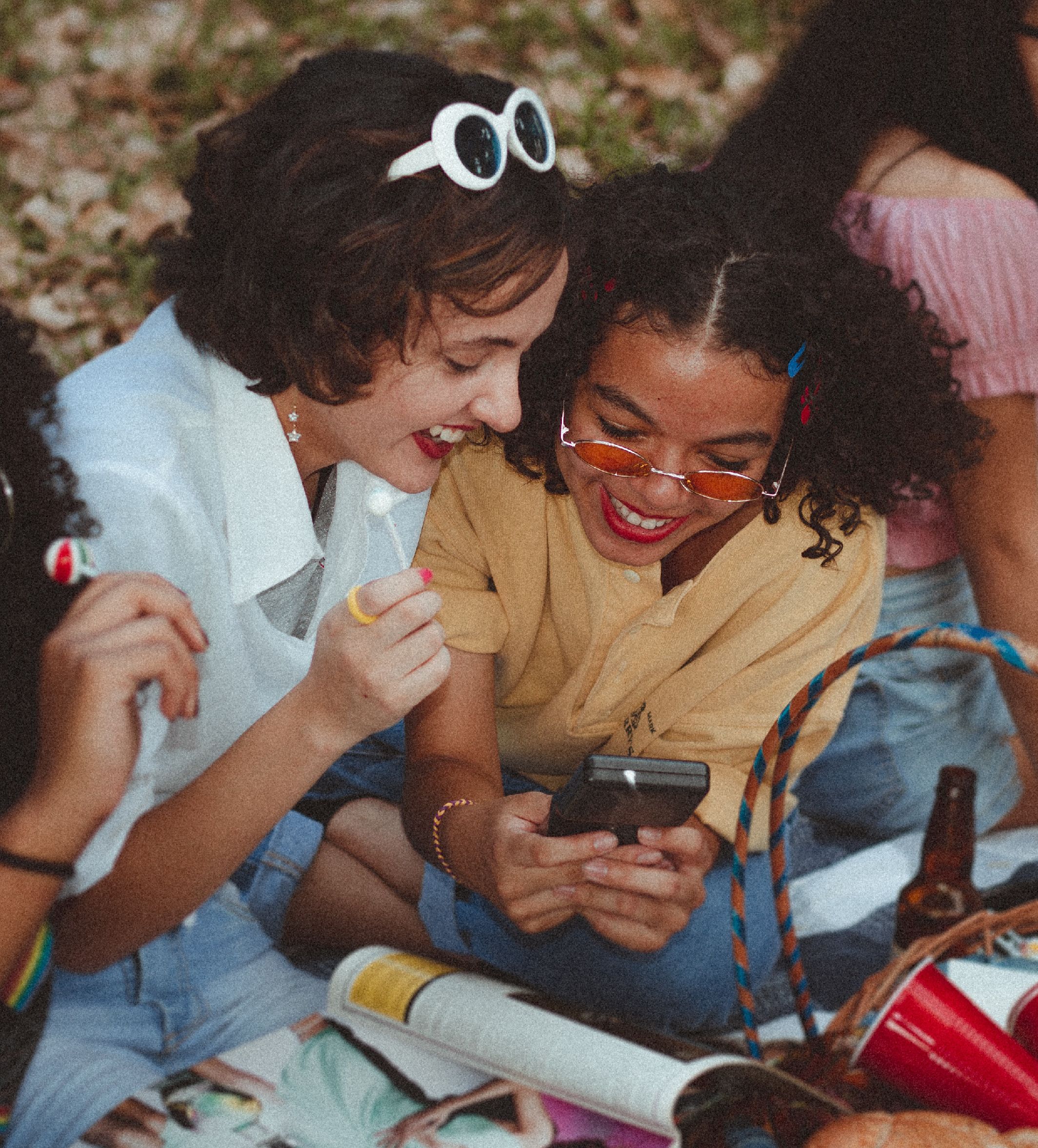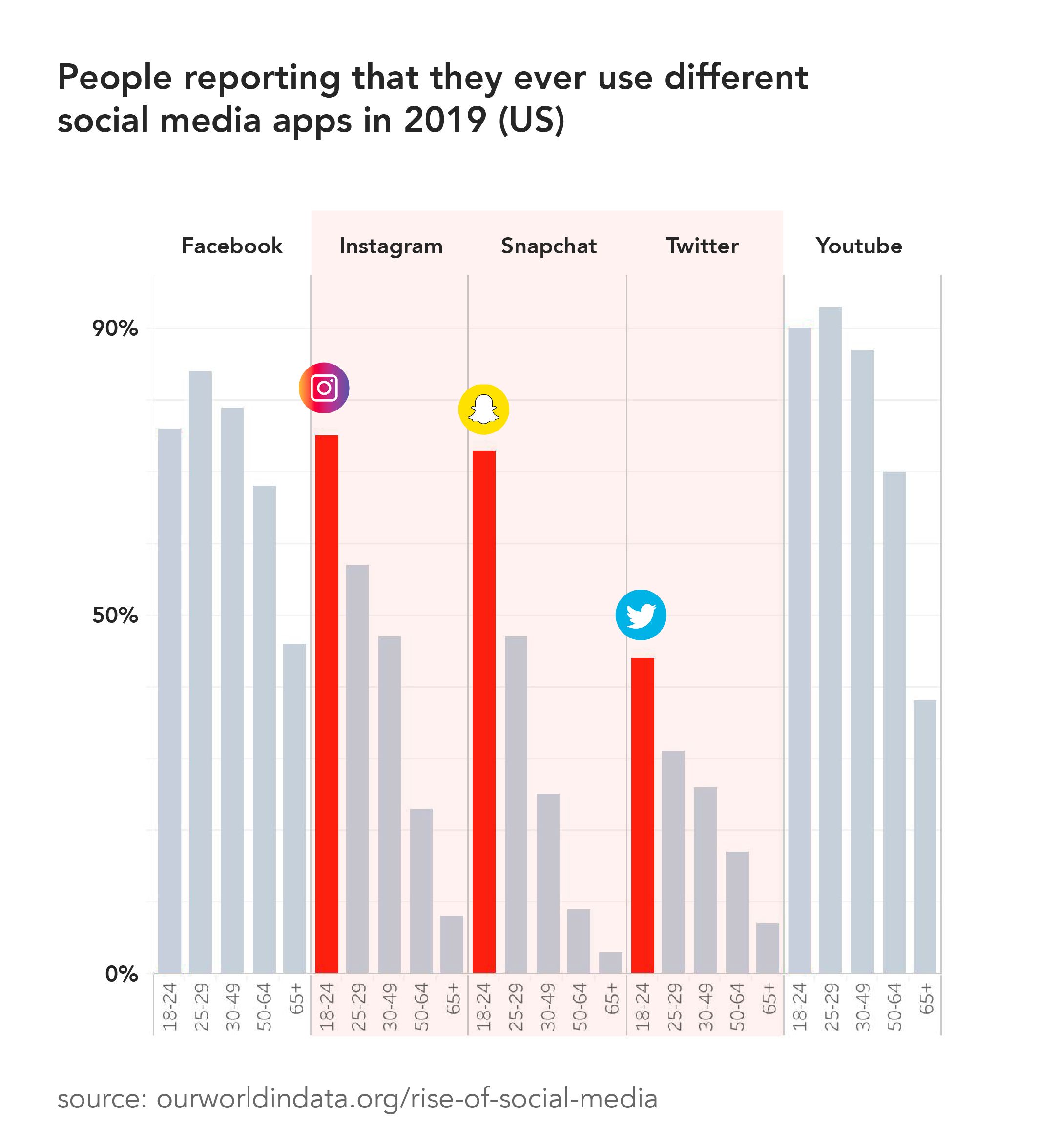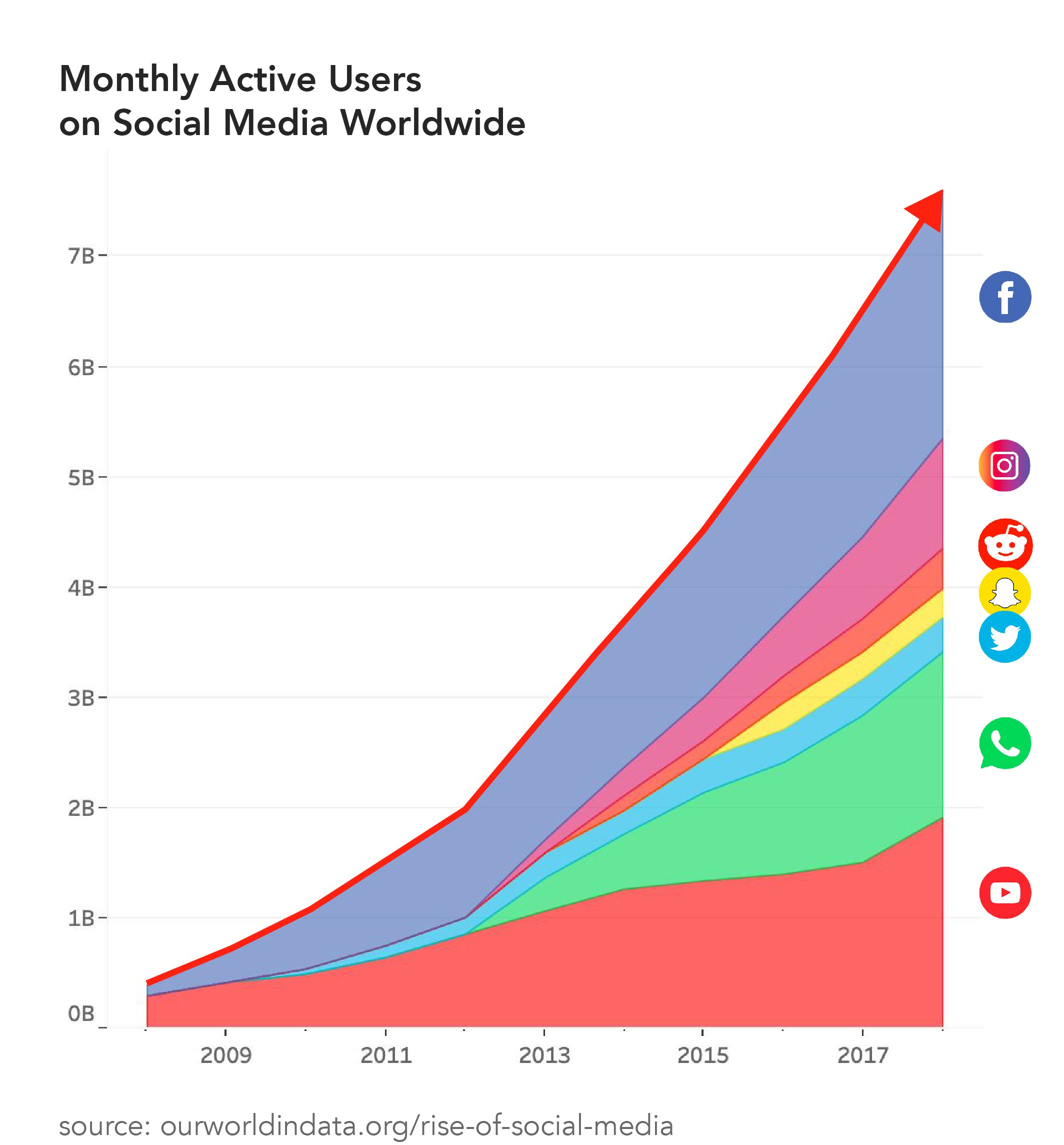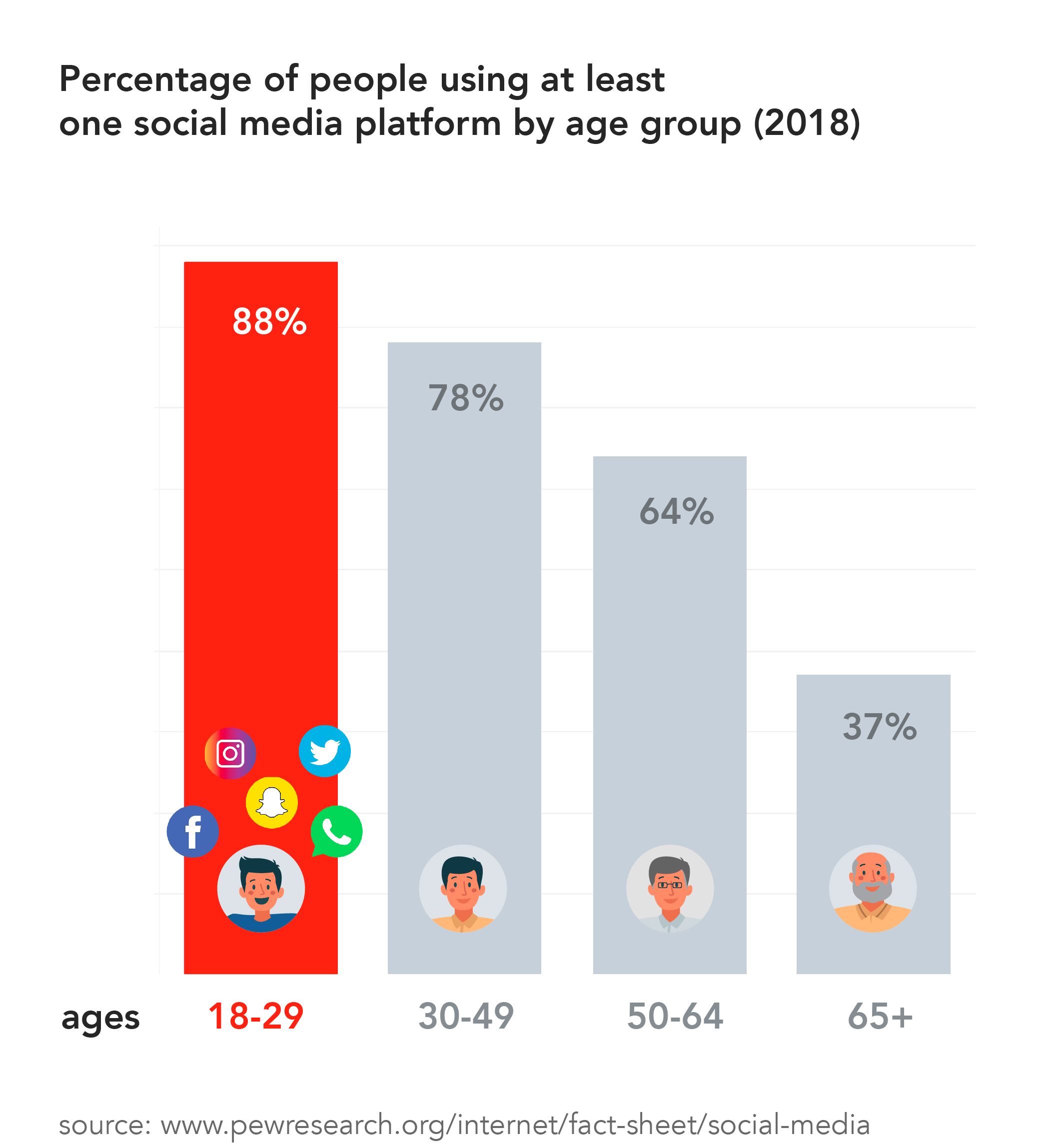Social Media, Youth & Depression
The more connectivity, the more loneliness.

Despite high engagement in social media, it is also the teenagers who have the highest chance to experience depression.
This is the whole new story. Depression used to be linked with the elderly or working adults. However, having chance to connect with loads of friends and stay updated to the latest news every minute on social networks, young adults are the group with the highest percentage of depression. In 2017, as high as 13.2% of people age 18 to 25 years old reported that they had experienced depression at least once within the last 12 months. In contrast to the high number for teenagers and, possibly, your assumptions, only 3.2% of the elderly suffered from depression.

For the trend above, what more surprising is that younger people are the only group that experiences an increasing patterns of depression. Conversely, steady trends or only little changes are found for other age groups over these eight years shown.
Let's take a closer look at the relationship between social networks and depression.
Only the line graph for the young adult is growing higher for the chance of depression. Are there any other trends that correspond with this?
The following chart displays a relationship between the booming social network and depression rate in teenagers. After these two sets of information were mapped together on the same year axis, it is found that there can be a correlation between them.
As you can see in the charts below, social network platforms apparently became hit in around 2012 and continued to rise afterward. In the period, the depression rate in younger people started to increase as well.

Understand more,
How and why can social media cause or affect mental health and depression in teenagers?
53% higher rate to be depressed for ones spendings more hours on social media
Why?
To feel connected or to be a part of the community is one of the factors maintaining good mental health and life satisfaction. However, the more people socialize through the virtual platform and the less they interact in person, the more dangerous on their health. Social networks can lure their users into believing that they are building healthy relationships through the media, which might not always right. This can worsen the situation because people tend to ignore the sign of their problems as they believe that they are on the right track.
“The less you are connected with human beings in a deep, empathic way, the less you’re really getting the benefits of a social interaction. The more superficial it is, the less likely it’s going to cause you to feel connected, which is something we all need.”- Alexandra Hamlet, PsyD, a clinical psychologist at the Child Mind Institute.
There are several issues and drawbacks related to the teenager's depression from social media such as to be afraid of missing out (FOMO) or losing their self-esteem etc.
Fear of Mission Out, FOMO
It's great that we can receive every update of what is happening around the world and what activities our friends are doing, which we have never accessed in the ear before the internet. However, this transparency destroys the boundary between privacy and publicity of social groups' information. This way, teenagers might be spending all the time to catch up with what their friends are doing or being regret not being invited to their activities, which otherwise they would not notice without social media. This behavior can be called FOMO.
A loss of self-esteem and image-driven platform
Another possible cause of depression might be a loss of self-esteem, which occurs when teenagers start comparing themselves with the abnormally perfect photos posted by others.
“Many girls are bombarded with their friends posting the most perfect pictures of themselves, or they’re following celebrities and influencers who do a lot of Photoshopping and have makeup and hair teams. If that’s their model for what is normal, it can be very hard on their self-confidence.” - Dr. Hamlet.
These symptoms are linked explicitly with image-driven social network platforms such as Instagram or Snapchat because, in these platforms, there is more chance for young adults to access to tons of images from abundant sources. Shown in the bar charts, 2 out of 3 social media which teenagers use more than other age groups are image-driven platform. This further emphasizes the relationship between social networks and their impact on youth's mental health.


Let's make a change!
It’s an alarming issue... However, with understanding and an awareness of its shortcomings, we can utilize the best out of those beneficial platforms for both our younger generations and for ourselves.
Just be aware and observe how you and your loved ones using online social platforms! Here are some guidelines which you may start with.

References
- Journal of Abnormal Psychology, Twenge et al.
- https://childmind.org/article/is-social-media-use-causing-depression/
- https://www.pewresearch.org/internet/fact-sheet/social-media/
- https://www.businessinsider.com/depression-rates-by-age-young-people-2019-3
- https://ourworldindata.org/loneliness-epidemic
- https://ourworldindata.org/rise-of-social-media
Materials
- Icons: People vector created by freepik - www.freepik.com
- Photo by Adrien Olichon from Pexels
- Photo by Sharon McCutcheon from Pexels
- Photo by Helena Lopes from Pexels
- Photo by Aline Viana Prado from Pexels


1/3 OF THE WORLD population IS USING SOCIAL MEDIA
Although social media are believed to help connecting people, it can also be a cause in loneliness and depression in young adults.